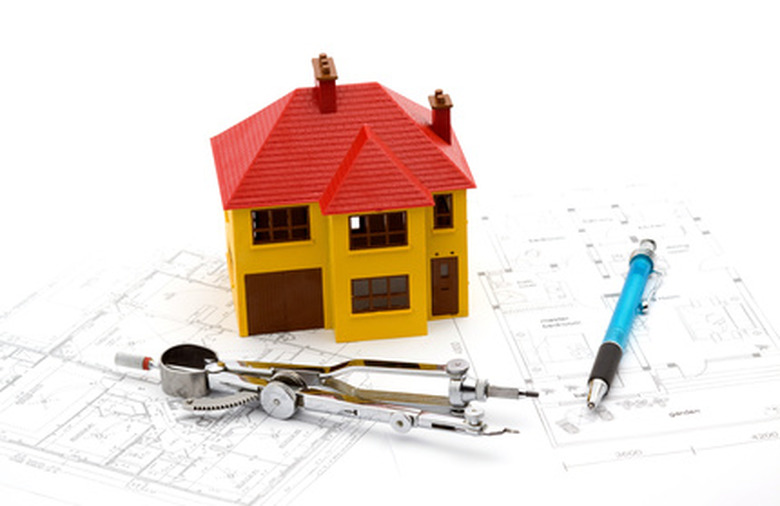Should A Thermostat Be Near A Return?
A home's thermostat is what monitors the ambient temperature and signals to the HVAC system a need for heating or cooling. Modern units have anticipators, which signal to the thermostat to shut down the HVAC system a little early to avoid overshooting the desired temperature, making the home more comfortable. Positioning the thermostat in the home is key to keeping a balanced environment.
Types of Thermostats
Types of Thermostats
A traditional thermostat works on a bimetallic strip. This strip is made from two different metals, which will bend as the temperature changes. As the strip moves, it opens or closes a switch. Typical switches are either snap-action or a mercury bulb switch.
Poor Locations
Poor Locations
There are many poor locations for thermostats in your home. Exterior walls are a problem because their temperature is significantly different from the rest of the house. Areas near windows, where direct sunlight or open windows can affect the unit, are also a problem. Areas close to fireplaces, in kitchens and near supply registers are all poor locations. Any spot where there is a localized source of heat or cooling will create an uncomfortable living environment.
Ideal Locations
Ideal Locations
The ideal location would be in the center of the home, on the main floor, about 5 feet off the ground. It would be mounted to a interior wall that didn't contain any plumbing or supply ducts and away from any source of heat or cold.
Near a Return?
Near a Return?
Mounting a thermostat near a return won't cause any issues because the air returning to the furnace is at room temperature. The return duct should be positioned near the floor or ceiling, which will provide several feet between the thermostat and the moving air.
